Rasputin, the wrong man in the right place.
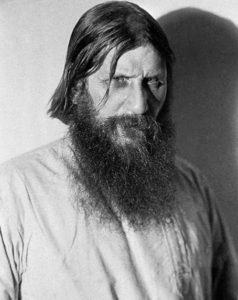
Rasputin routinely spent his summers in Pokrovskoe and June, 1914 found him back in his home town. On June 29, Rasputin emerged from his house in order to hand a telegram to his postman. He was greeted by a mysterious female stranger, dressed in black with a white kerchief over her features, only her eyes visible. She silently bowed in front of him and Rasputin paused to reach for his wallet, thinking that she was a beggar in search of money. The woman then produced a large dagger and rapidly stabbed Rasputin in the naval. He fled with the stranger chasing him down the street, stopping only when Rasputin was able to knock her to the ground with a stick that was lying on the ground. Both he and his wife screamed for help and a crowd quickly gathered, securing the attacker and taking her to jail. Rasputin was taken into his home, losing consciousness and initially thought near death.
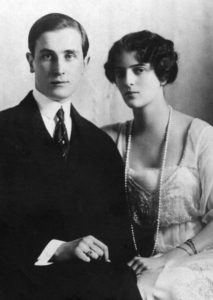
Yusopov continued to meet with Rasputin and then offered the ultimate bait, a visit to his home to meet Yusopov’s wife, Irina, an invitation that the lecherous Rasputin, having never met the glamorous and beautiful Irina, couldn’t conceivably turn down. He didn’t. Yusopov notified his conspirators that they would carry out their plan on December 16. His wife would actually be at another family palace in the Crimea.

Several theories about the actual shooter have also evolved, the conspirators not wanting Grand Duke Dmitri, a royal, to have to take the blame for the murder. Perhaps Yusopov or even Purishkevich might have initially wounded Rasputin, prompting the physically strong and probably intoxicated man to attempt to flee the palace. Whatever the sequence, a bullet into the forehead of Rasputin is what ultimately killed him. Who actually shot him and exactly how will never be ascertained.
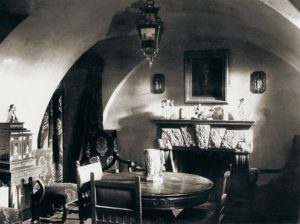
The most familiar story of what ensued came from an account written by Yusopov in 1927. Rasputin and the Prince entered the house from a side door and made their way to the cellar, sounds of music and voices supplying the background of the cover story. Yusopov and Rasputin exchanged small talk, and the holy man ultimately ate the cakes and drank some Madeira, the prince becoming alarmed when the poisoned items seemed to have no effect. Rasputin began to grow impatient and made vague suggestions about knowing what Felix was up to. Panicked, Yusopov went upstairs and retrieved the Grand Duke’s revolver. He went back downstairs and after a few moments of hesitation told Rasputin to say a prayer and shot him in the midsection.
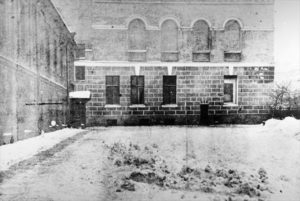
When the men returned, the group congratulated each other until Yusopov claimed he became concerned and wanted to make sure that Rasputin was actually dead. The body was as they had left it, but suddenly Yusopov noticed that one eye was twitching. As he moved closer, suddenly both eyes, “the green eyes of a viper” opened wide and Rasputin, foaming at the mouth, leapt to his feet and tried to grab Yusopov around the neck. This from an individual who was shot in the midsection and allegedly poisoned with enough cyanide to kill a half a dozen men. Yusopov managed to get away from Rasputin’s grasp and ran up the stairs, screaming for help. The rest of the group quickly pursued Rasputin out into the side courtyard, the wounded staretz crawling on all fours, bellowing that he would tell the Tsarina everything.
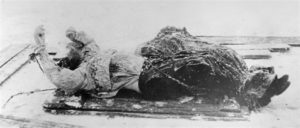
Purishkevitch then drew his own revolver and put two more bullets into the lurching Rasputin, slowing him down until two more rounds finished the job. The body was dragged back inside, quickly wrapped in a rug, driven to a bridge on the edge of the city and tossed into the freezing water.
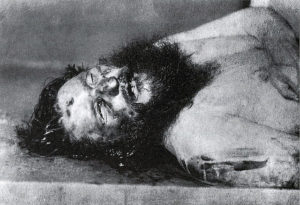
It would take divers to find the body, which had actually frozen to the bottom of the ice. It was removed, photographed, placed in a wooden coffin and driven away in an ambulance. Rasputin’s autopsy would ascribe the cause of death to gunshot, one in the chest, one in the back and one administered at close range directly into the forehead. There was no poison in his system. His face was horribly bruised, most of the damage probably administered by hitting the side of the bridge on the way into the river.
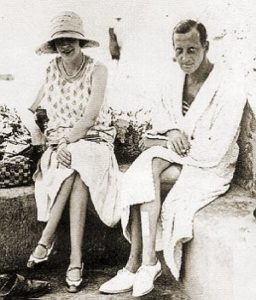
Grand Duke Dmitri’s banishment to the Caucasus meant that he avoided the clutches of the vengeful Bolsheviks who murdered most of his relatives. Via Teheran and the help of the British embassy he made his way to Europe. Living first in England and then in Paris. His major claim to fame was his subsequent relationship with prominent women, among them Coco Chanel. Broke, he ultimately married a Cincinnati heiress, they divorced a decade later and Dmitri died of tuberculosis, aged 50, in 1942, in Davos, Switzerland.
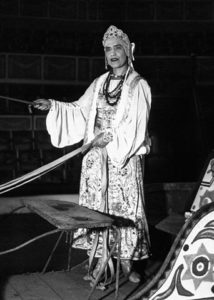
Needless to say, Rasputin’s immediate family had a rough go of it after the revolution. Their large house in Pokrovskoe was seized by the Bolsheviks, only Rasputin’s daughter Maria was safely able to emigrate to the west. His wife, other daughter and son, all harassed by the Bolsheviks, were dead by 1933. Maria was able to capitalize on her famous name and performed in cabarets and even as a circus performer. She eventually settled in the Silver Lake neighborhood of Los Angeles, teaching foreign language and writing her memoirs, which only added more contrived melodrama to the Rasputin legend. She died in 1977 and is buried in of all places, a cemetery on Venice Boulevard in metropolitan LA.
Podcast: Play in new window | Download
Subscribe: RSS
